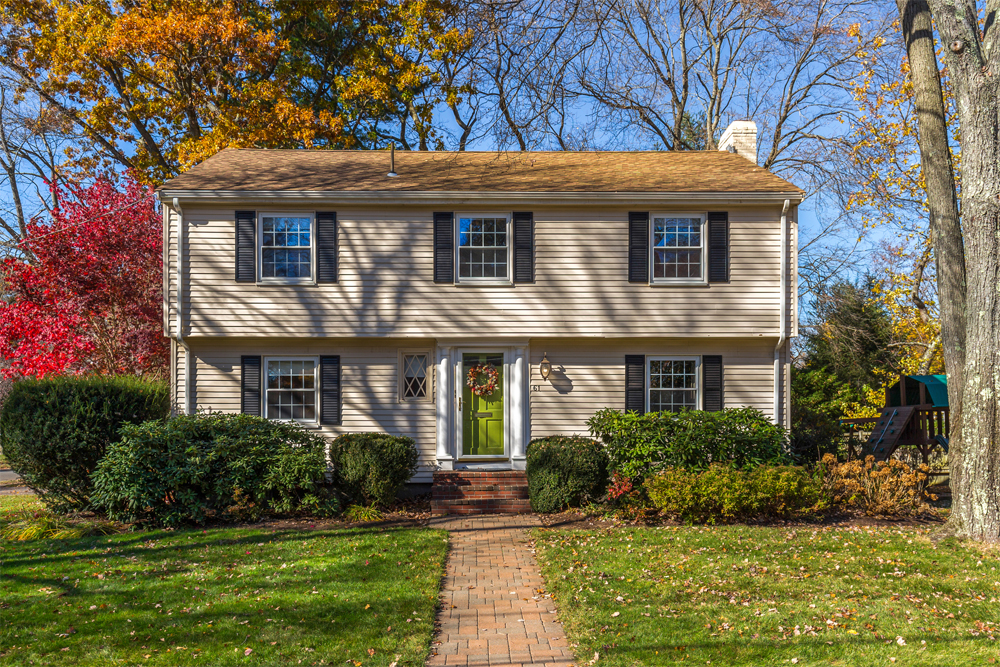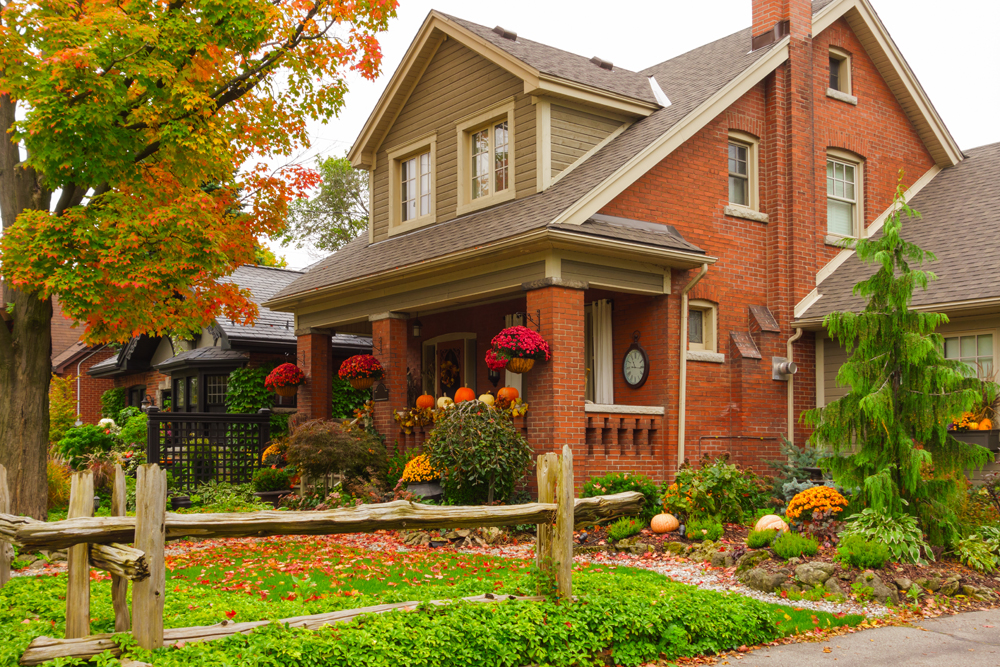
Scott McGillivray is a real estate expert and host of HGTV Canada’s Income Property and Moving the McGillivrays.
When it comes to choosing which exterior building material is best to use, there’s no one right answer. It all depends on the location and style of your home.
Vinyl
Over the last few decades, vinyl siding has become one of the most popular choices for homes across North America. It’s one of the least expensive materials on the market, it withstands weather like nothing else, and it’s very easy to maintain. It’s also available in a wide variety of colours so you can choose a look that suits the neighbourhood. And if you can’t find what you want? Just paint it.
On the flip side, vinyl is not considered to be the most desirable material out there. As such, it won’t add much value to your home (unless you’re upgrading from old or worn siding.) But, depending on your location and the real estate values in the area, vinyl siding might be the right choice.

Related: 12 Brilliant Ways to Freshen Up a Tired House Exterior.
Wood
Wood siding is beautiful, there’s no doubt about it. But would I clad my own home in it? Probably not. While there are a lot of advantages to it (it’s a renewable resource, it’s easy to install and not too expensive), the disadvantages make me a bit nervous.
Wood requires a lot of maintenance. Unlike vinyl or brick, wood needs to be painted or stained every few years. Without it, the outdoor elements can make wood rot, warp or twist. Also, you need to worry about water damage and insects (mainly termites and carpenter ants). Both of these, if left untreated for some time, can do serious damage to the structure of your home.
Having said all of this, wood homes are classic and can be very beautiful. Depending on your location and the style of your home, it might be the right choice. Just make sure that you follow through with the proper maintenance in order to keep it in good shape.

Related: 10 Exterior Features You Never Knew You Could Upgrade With Paint.
Brick
Brick is a tested and true material. Like natural stone, brick has some insulation value, lasts a long time, and is relatively maintenance free. Brick homes tend to keep their value over time, so building a brick house will give you plenty of return on investment.
That said, one thing you have to keep an eye on is the mortar used to keep the bricks apart. The mortar needs to be weaker than the brick to allow for brick movement, and so that it doesn’t damage the brick itself, but because it is weaker, it deteriorates faster. However, you can fix this fairly easily by repointing the mortar. And it’s a great investment because it preserves an asset and therefore pays big dividends.

Looking for a few more ideas? Check out these modern home exterior trends you won’t believe are real.
Images courtesy of iStockPhoto.com.
HGTV your inbox.
By clicking "SIGN UP” you agree to receive emails from HGTV and accept Corus' Terms of Use and Corus' Privacy Policy.



